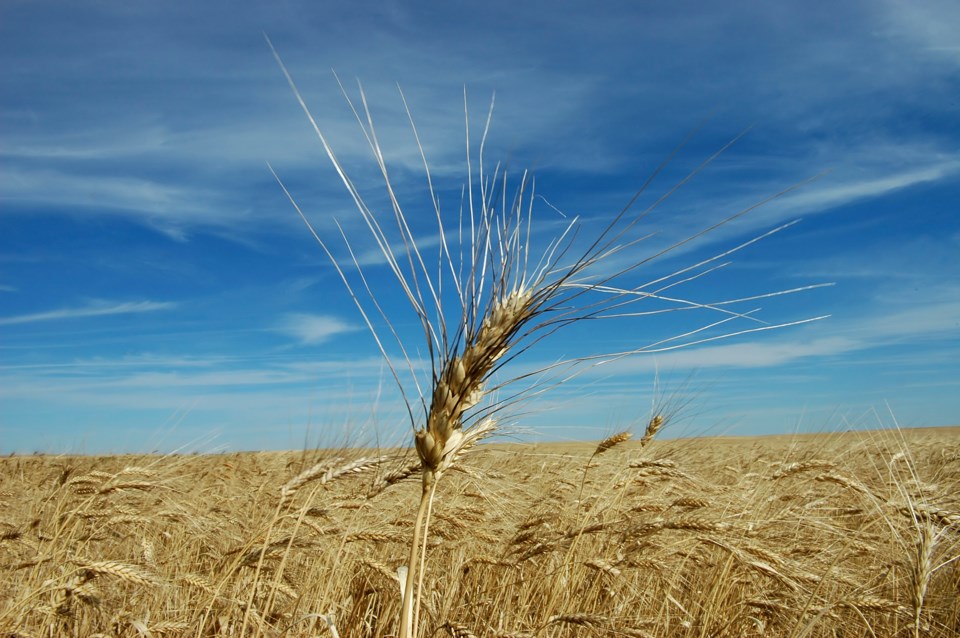SASKATOON — The 2023 Crop Insurance Program is getting underway for Saskatchewan producers, with some notable changes.
In particular, for the first time this year, the Saskatchewan Crop Insurance Corporation (SCIC) will set individual premiums for producers. The premiums will be calculated per crop, based on each producer's personal claim history compared to their area risk zone.
Saskatchewan Agriculture Minister David Marit said the new system will be "more reflective of what (producers) are experiencing on their own farm," and commended them for their innovative ways of responding to farming challenges.
"More producers are utilizing modern farming practices and exploring new technology, enhanced equipment and operational tools," Marit said. "Saskatchewan is leading the way in modern agriculture, and these advancement are helping mitigate risk and allowing our farmers and ranchers to be more resilient."
The average insurance coverage for 2023 is at a record-high level of $446 per acre; SCIC says it's based on increased commodity prices and yield coverage.
This means premiums are going up, as well — to an average of $14.79 per acre compared to $12.05 in 2022.
Marit said the changes mean the crop insurance fund is "strong, and will continue to support Saskatchewan producers by paying all eligible claims."
Producers will be able to get more unseeded acreage coverage, for acres too wet to seed this growing season due to excessive spring moisture. While the minimum coverage will remain at $50 per unseeded acre, producers can now buy additional coverage up to $125 per acre.
AgriStability compensation rates are also changing. The program, which provides coverage against events like rising input costs and falling commodity prices, will start compensating producers at 80 per cent this year, up from 70 per cent in years past.
Saskatchewan Association of Rural Municipalities president Ray Orb said he is "pleased" by the announcements, but keeping a close eye on some of the changes.
"We realize that there is a lot of risk out there," Orb said. "Producers are still looking at pretty high input prices and costs down the road ... We're not quite sure yet about the individual premium coverage change, and how that actually will take place ... But with the idea that there will be no more, I think, than a $5 premium increase, I think that change should generally be fairly muted."
Producers have until March 31 to apply for, reinstate, cancel or make changes to their crop insurance contracts.

